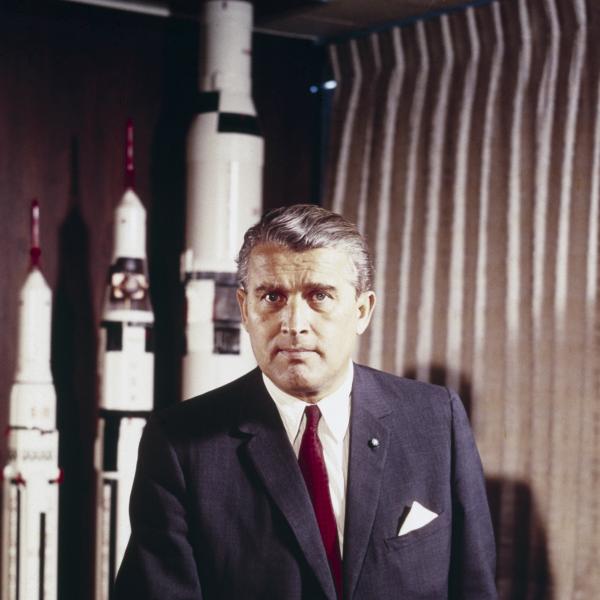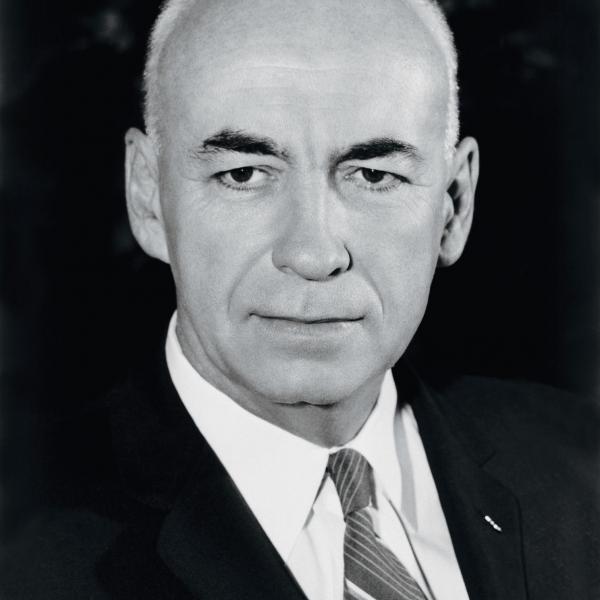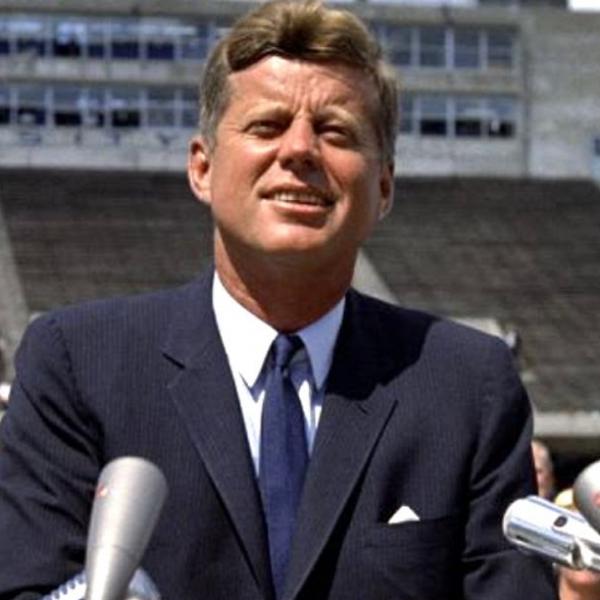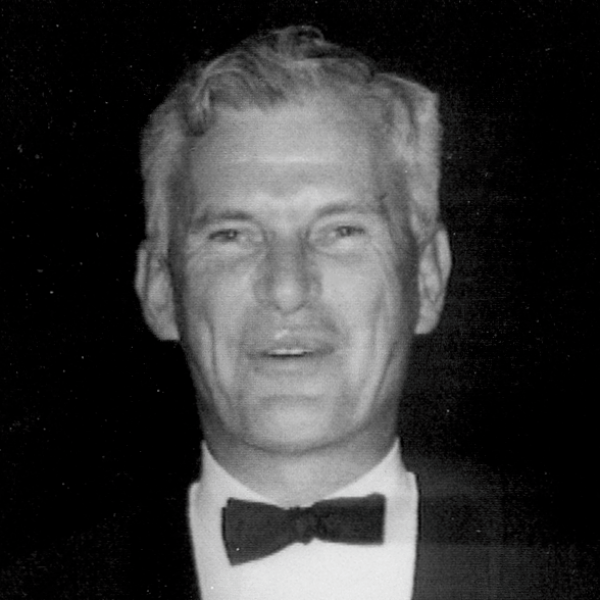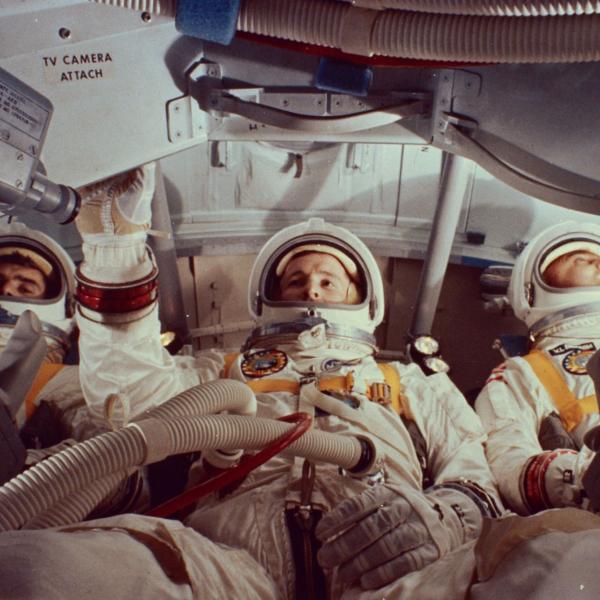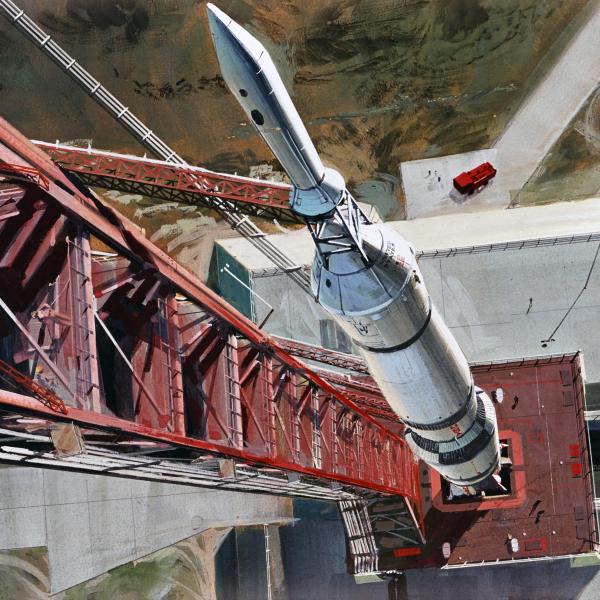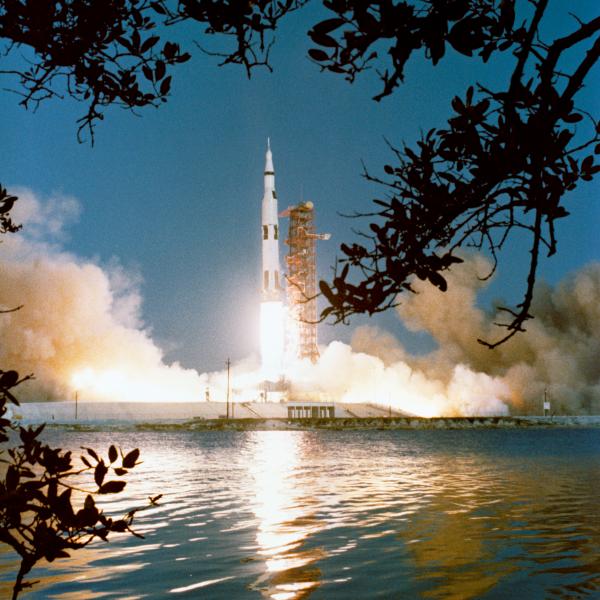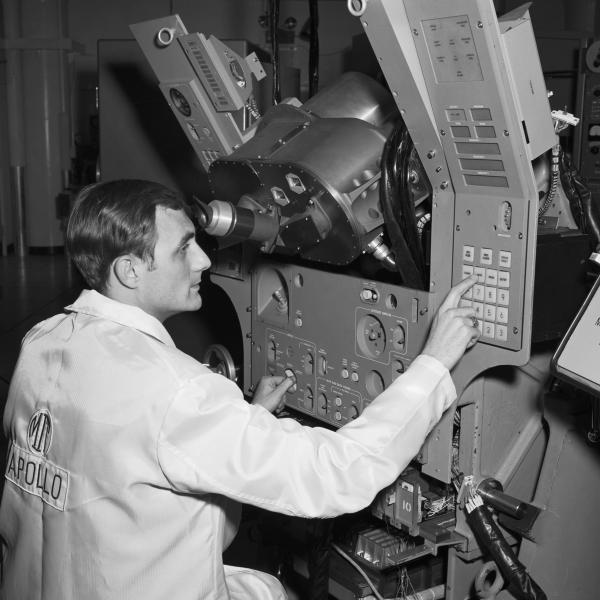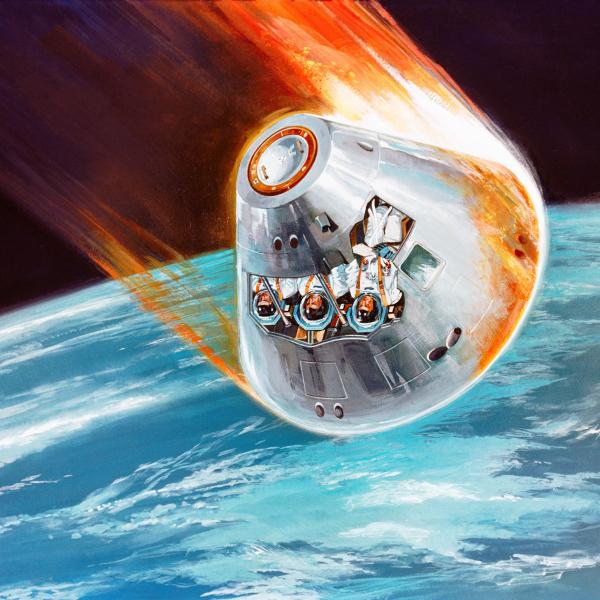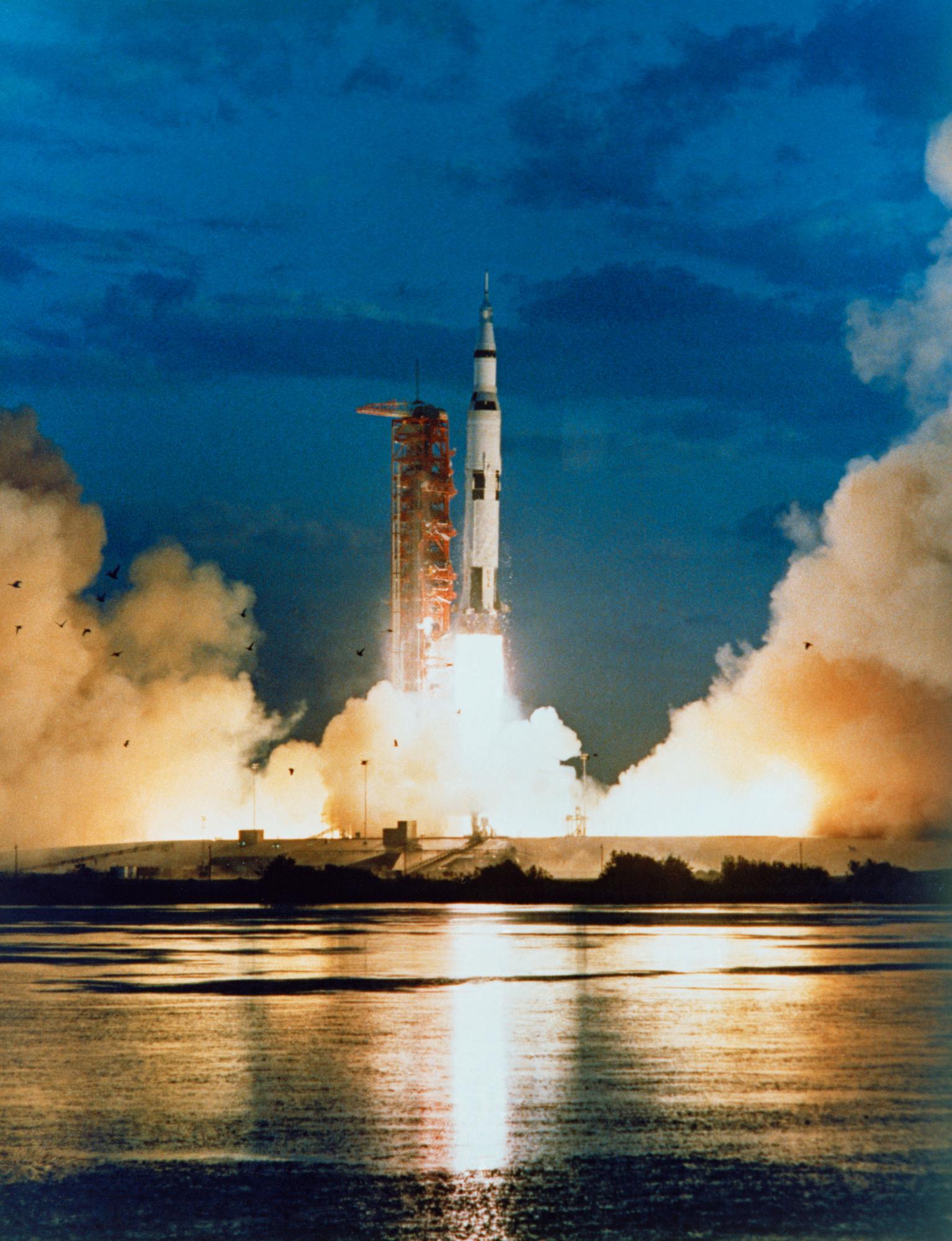
Apollo 4
Is Apollo 4 NASA's greatest comeback story? After a fire during a ground test that killed the entire crew of the Apollo 1 mission, NASA went into a bit of a panic. Everyone was under incredible pressure to get a man on the moon by the end of the decade, only two years away, and the very first attempt with humans on board was a spectacular, tragic failure. The Apollo 1 fire was somewhat of a wake-up call for NASA. Space engineers had to go back to square one with the spacecraft, be extra cautious throughout their tests, and work on the rocket that would get them to space. Enter: The Saturn V.
On Nov. 9, 1967, about nine months after the fatal fire, NASA bet big on the first unmanned launch of its brand new Saturn V vehicle, and there was a lot riding on it, to say the least. It was their first “all-up” test, meaning every stage of the rocket was functioning. It was the first launch since the Apollo 1 disaster. It was the first time “Apollo” was officially used in the mission name. (“Apollo 1” was named as such after the fatal fire, in honor of the crew.) And maybe you've heard of the Kennedy Space Center in Florida? The Apollo 4 launch was the first rocket ever launched from there, with a brand spanking new complex built specifically for the Saturn V rocket. (Insert many dollar sign emojis, here.) So basically, this had to work.
We'll spoil it for you, now: It totally worked. (meaning: It didn't explode.) Using the same Apollo Guidance Computer (the brains of the operation) created by Draper for the Apollo 1 mission, the Apollo 4 mission launched without any “major” issues from Kennedy Space Center. Since a massive explosion was absolutely possible, though, that special launch pad was set up more than 3 miles away from the command center. But even that far away, pressure from the explosion of five of the engines firing caused windows at the press site to violently rattle. CBS News anchor Walter Cronkite even had ceiling tiles crashing down around him as he reported on the launch. The entire mission took about nine hours, and the Saturn V rocket made a spectacular splash in the Pacific Ocean, as planned.
The end goal here was always to get men to the moon. After Apollo 4’s successful launch and return, NASA finally had a working aircraft in the Saturn V and gained a lot of mileage in the great space race of the 1960s, toward their goal of a manned moon mission happening before the end of the decade.
Meanwhile, in Russia, things weren't going so well for NASA’s No. 1 Frenemy. The Soviets were trying to beat the USA to the moon, but after the chief designer of their N1 rocket project died unexpectedly in 1966, things started to fall apart. The N1 crashed and burned (figuratively) four times during testing -- the second failure even resulted in an explosion so huge that it was considered to be basically a mini nuclear bomb -- and the cosmonauts would eventually give up on their lunar dreams by suspending the N1 program in 1974.
